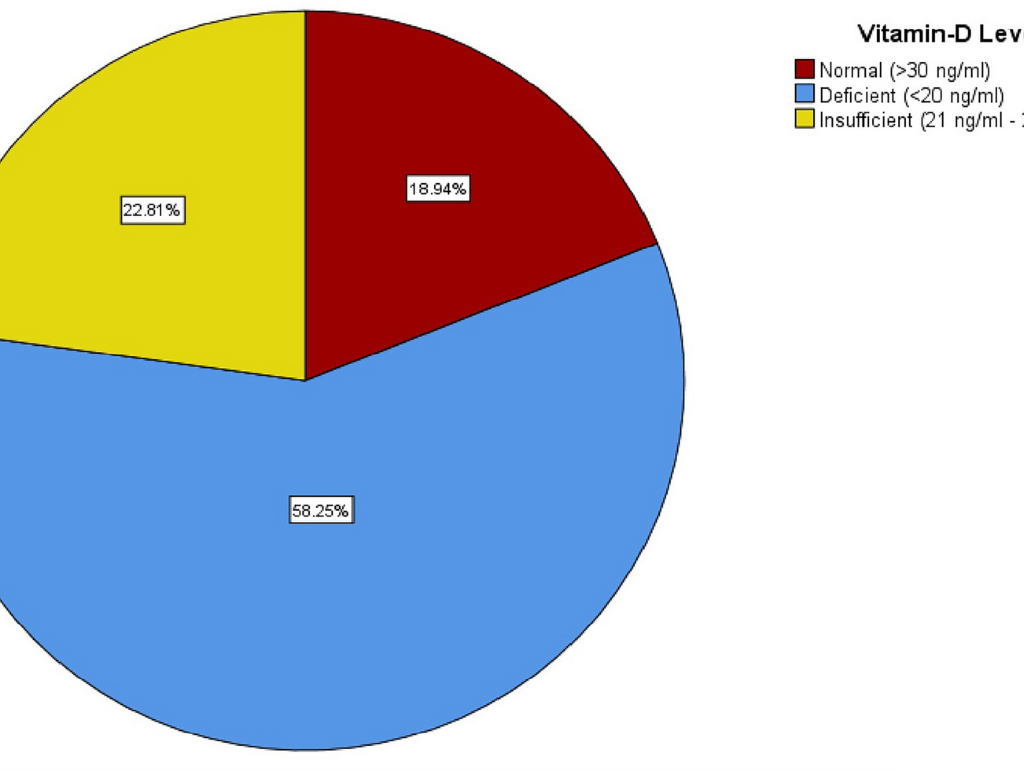Vitamin D plays a vital role in children’s growth, helping their bodies absorb calcium for strong bones. Along with vitamin A, it supports overall development and a strong immune system. Vitamin D deficiency in children can lead to serious health issues, including weak bones, stunted growth, and immune system problems. This article explores symptoms, treatment options, and recommended dosages of vitamin D for kids.
1. Vitamin D Deficiency in Children: Why It Matters
Vitamin D is essential for bone health, immune function, and overall development. When children don’t get enough, they may suffer from weak muscles, delayed growth, and frequent illnesses.
Factors that contribute to vitamin D deficiency in children include:
- Lack of sunlight exposure due to indoor activities or sunscreen use
- Poor diet with minimal vitamin D-rich foods
- Medical conditions affecting vitamin absorption

2. Low Vitamin D in Child: Symptoms Parents Should Know
Low vitamin D symptoms in children can vary based on the severity of the deficiency. Common signs include:
- Bone pain and muscle weakness
- Frequent colds, flu, or infections
- Fatigue and irritability
- Slow growth or delayed walking in toddlers
- Dental problems like delayed tooth eruption
If left untreated, severe vitamin D deficiency in children can lead to rickets, a condition causing soft and weak bones.
3. Vitamin D Deficiency in Babies: Symptoms to Watch For
Newborns and infants are especially at risk of vitamin D deficiency in babies because breast milk contains low amounts of vitamin D. Signs of deficiency in infants include:
- Soft skull or delayed closure of fontanelles
- Seizures due to low calcium levels
- Poor weight gain or weak muscle tone
To prevent these issues, breastfed babies should receive 400 IU of vitamin D daily as per the American Academy of Pediatrics (AAP). (Source)

4. Best Vitamin D for Kids: How to Choose the Right Supplement
When choosing the best vitamin D for kids, consider these options:
- Vitamin D drops – Ideal for babies and toddlers
- Chewable vitamin D tablets – Suitable for preschoolers
- Gummy vitamins – Popular among older kids
- Liquid vitamin D – Easy to mix with food or drinks
Pediatricians recommend vitamin D3 (cholecalciferol) because it’s more effective than vitamin D2.
5. Normal Vitamin D Level in Child: What’s Considered Healthy?
A normal vitamin D level in children ranges from 30 to 50 ng/mL (nanograms per milliliter). Anything below 20 ng/mL is considered deficient and may require supplementation.
To maintain optimal vitamin D levels, ensure your child gets:
- Regular outdoor playtime for at least 15-30 minutes of sunlight daily
- A diet rich in vitamin D (fish, fortified dairy, eggs)
- Supplements if needed, especially in winter or for kids with limited sun exposure

Conclusion:
Vitamin D is crucial for your child’s growth, immunity, and bone health. By recognizing symptoms of vitamin D deficiency in children, ensuring proper nutrition, and following recommended dosages of vitamin D for 5-year-olds and 10-year-olds, parents can support their child’s health effectively.
If you’re concerned about vitamin D deficiency in your child, consult a pediatrician for guidance on testing and supplementation.
FAQS:
How does vitamin D affect children?
Vitamin D is essential for children’s bone growth, immune function, and muscle strength. It helps the body absorb calcium and phosphorus, preventing weak bones and conditions like rickets. A deficiency can lead to stunted growth and increased risk of infections.
What are the health benefits of vitamin D in children?
Vitamin D supports strong bones and teeth, boosts the immune system, and reduces the risk of respiratory infections. It also plays a role in brain development and may help prevent chronic diseases later in life.
What are the side effects of vitamin D for kids?
Excess vitamin D can cause nausea, vomiting, kidney damage, and high calcium levels in the blood (hypercalcemia). Over-supplementation may also lead to poor appetite, constipation, or weakness.
What are risk factors for vitamin D deficiency in children?
Limited sun exposure, dark skin tone, poor diet, obesity, and medical conditions affecting nutrient absorption (like celiac disease) increase the risk of vitamin D deficiency in children. Breastfed babies without supplementation are also at higher risk.
How Much Vitamin D for a 10-Year-Old? What Experts Recommend
For older children, the dosage varies based on health needs. If you’re wondering “How much vitamin D for a 10-year-old?”, here’s what experts suggest:
- 600-1,000 IU of vitamin D daily for healthy children
- 1,000-2,000 IU daily for those with low vitamin D levels
A simple blood test can determine whether your child needs supplements. (Source)
How Much Vitamin D for a 5-Year-Old? Dosage Guidelines
Parents often ask, “How much vitamin D for a 5-year-old?” According to health experts, the recommended daily intake is:
- 400-600 IU of vitamin D per day
- Higher doses may be needed if there is a deficiency (under medical supervision)
Ensuring a balanced diet with vitamin D-rich foods like dairy, fish, and eggs can help maintain proper levels.
External Resources:
rtainly! Here are some clickable external resources for more information:
- Clinical Practice Guidelines: Vitamin D Deficiency
rch.org.au - Vitamin D Deficiency – Nationwide Children’s Hospital
nationwidechildrens.org - A Review on Vitamin D Deficiency Treatment in Pediatric Patients
pmc.ncbi.nlm.nih.gov

Empowering parents to raise happy, confident kids. Get practical parenting tips and advice on our blog, Smart Parent Guides.
